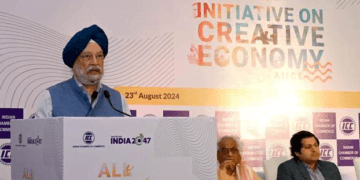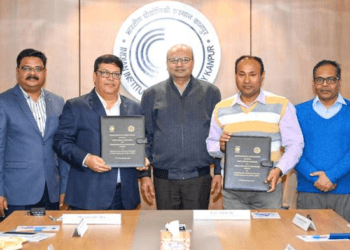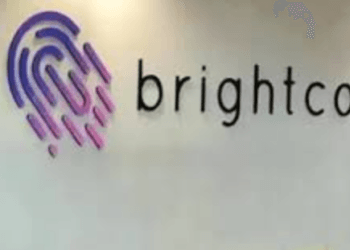DBT Bureau,
Pune, 24 August 2024
At the launch of the ‘All India Initiative on Creative Economy (AIICE)’ at an event, Hardeep Singh Puri, Minister of Petroleum and Natural Gas, congratulated the Indian Chamber of Commerce for conceptualizing a forum where India’s creative industries could come together and collaborate on various matters related to the creative economy.
Highlighting his association with the United Nations Conference on Trade and Development (UNCTAD), which has played an important role in promoting the creative economy globally, he cited its ‘Creative Economy Outlook 2024’ report to emphasize that the creative economy generates annual revenues of over $2 trillion and accounts for nearly 50 million jobs worldwide.
In India, Minister Puri stated, “The creative industry is now a $30 billion industry and is responsible for the employment of nearly 8 percent of India’s working population.” With creative exports increasing by 20 percent last year alone, generating over $11 billion, the industry is expected to see remarkable growth in the coming years, he added.
Minister Puri noted that an increasing number of Indians, especially the youth, find creative industries to be more appealing while also offering career security. He stressed that this was an incentivizing factor in boosting India’s creative exports.
He also acknowledged the role of Bollywood and other local film industries in India’s creative economy, highlighting that Bollywood is one of India’s most well-recognized soft power exports.
Addressing the gathering of eminent personalities from various creative industries, Hardeep Singh Puri underscored the growth potential of content creation in India. He said, “India has become the ‘Content Capital of the World’. In 2023, there were more than 100 million content creators in India.” He further added, “We have the largest social media user base in the world; some of the fastest-growing social media networks find their biggest user base in India.”
The Minister discussed the vibrancy of urban spaces leading to the flourishing of the creative economy. Highlighting the potential of content creation and the creative economy in Indian urban areas, he noted that the creative industries, which were once based almost exclusively in Tier-1 cities and considered exclusionary for many aspiring creative artists, are now flourishing in Tier-2 and Tier-3 cities.
In his address, Minister Puri emphasized the profound impact of digitalization and digitization on the creative economy. He noted that these technological advancements have revolutionized various sectors.
A notable aspect of this transformation is the role of Artificial Intelligence (AI). Minister Puri highlighted that AI is increasingly being utilized in newsrooms, with 41 percent of news teams employing it to create illustrative art, 39 percent for social media content, and 38 percent for writing and generating articles.
The Minister reassured creative professionals who viewed AI with apprehension, fearing it to be an existential threat, by suggesting that AI also represents a tremendous opportunity. “AI is not a threat,” he asserted. “Instead, it offers a chance to lower costs, expand revenue streams, reach a broader audience, and access previously unreachable markets.”
He also acknowledged the challenges AI presents, particularly concerning misinformation, copyright, intellectual property, privacy, and market monopolization. He emphasized the need for a robust regulatory framework to address these issues effectively.
“The government is committed to designing and implementing policies that will safeguard intellectual property and ensure competitive markets,” he stated.




















